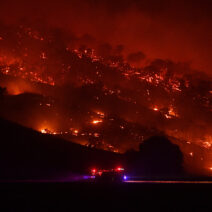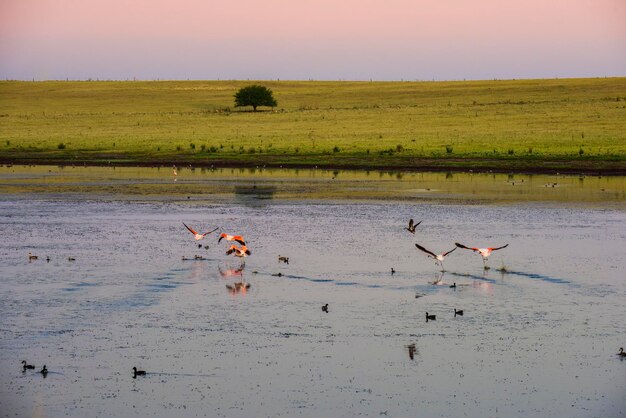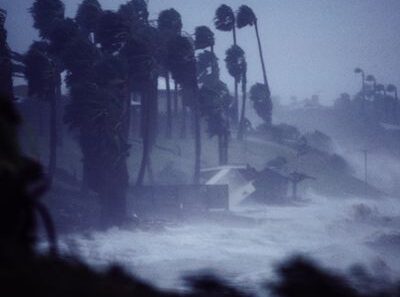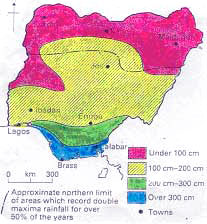Argentina, a vast nation that stretches from the subtropical north to the frigid southern lands, encompasses a myriad of climates that are as diverse as its rugged landscapes and rich biodiversity. Understanding the climatic variations across Argentina, particularly in regions like the Pampas and Patagonia, provides insight into the ecological complexities of this intriguing country. Herein lies a tapestry woven with threads of warm sunlit days, chilling alpine winds, and everything in between.
In the northern provinces, the climate is classified as subtropical, characterized by high temperatures and seasonal rainfall. Here, summer reigns supreme, often marked by sultry days that coax lush overgrowth. This verdant greenery is nourished by the abundant rain of the summer months, fostering a rich vibrancy in flora and fauna. The dry season, on the other hand, witnesses a substantial decrease in precipitation, creating an arid contrast that highlights the relentless march of time in this region. The scorching sun, which beats down mercilessly on the landscapes, is reminiscent of a blazing furnace, yet it gives rise to a fascinating ecosystem brimming with resilient life.
As we travel southwards, one encounters the Pampas, an expansive lowland region acted upon by a temperate climate—a peaceful interlude between the extremes of the north and the south. This region is often depicted as the heartland of Argentina, where the grasslands unfurl like an emerald carpet under the vast sky. The Pampas experience a mix of wet and dry seasons, with agriculture thriving against this backdrop. Wheat and corn fields sway rhythmically in the wind, akin to a dance, nurtured by fertile soils that have beckoned generations of farmers and ranchers. The weather here, mild and often forgiving, creates an idyllic setting for livestock grazing, and the unmistakable aroma of traditional asados wafts through the air during weekends.
However, the euphoria of the Pampas belies the challenges posed by climate fluctuations. Erratic weather patterns have emerged, leading to unpredictable droughts and torrential rains, which in turn threaten agricultural sustainability. Farmers find themselves perched on a precarious tightrope, balancing the demands of market crops with the whims of nature. Herein lies the duality of Argentina’s climate; while it nourishes the populace, it also teaches resilience in the face of adversity.
Further south lies Patagonia, a breathtaking expanse that delights with its otherworldly landscapes. This region, with its temperate oceanic climate, is a juxtaposition of sweeping plains, imposing glaciers, and towering mountains. The weather varies dramatically, producing microclimates that change rapidly—a serene sunny day in one valley might give way to gusty winds and torrential rain just a few miles away. As the winds blow fiercely across the Patagonian steppe, they seem to whisper tales of ancient ice and unyielding mountains that have stood sentinel for millennia.
Patagonia’s allure does not rest solely upon its climate, but rather it thrives through the interplay between the elements and the environment. The infamous “Patagonian winds,” which can sweep across the plains at blistering speeds, serve as both a challenge and a sculptor. They carve out magnificent landscapes and shape biodiversity unique to this region. The climate here fosters an astonishing variety of ecosystems, from humid temperate forests to stark arid zones, each a testament to nature’s resilience.
While wind and rain define the climatic character of Patagonia, they also illustrate the vulnerability of these majestic ecosystems. Glaciers, revered as the sentinels of time, are rapidly receding due to rising global temperatures. A silent alarm is sounding in the distance, signaling a clarion call that must not be ignored. The intricate relationships woven through this ecosystem are at risk, urging conscious stewardship of the land. In Patagonia, the silence of nature often feels thick, pierced only by the sound of cracking ice—a poignant reminder of the environmental shifts usurping the tranquility of landscapes that have existed for eons.
The southernmost tip of Argentina, known as Tierra del Fuego, completes the climatic narrative. It is a land of contrasts, where the climate transitions from the harsh cold of the Antarctic to the temperate regions northward. Here, the stark reality of climate change is painfully apparent as delicate ecosystems struggle to adapt to rising temperatures and unpredictable weather patterns, which increasingly disrupt migration patterns of wildlife and nesting behaviors of avian species.
The climate of Argentina is not merely a backdrop against which life unfolds; it is an intricate puzzle, rife with challenges and opportunities. Each region—from the fertile Pampas to the breathtaking landscapes of Patagonia—has its own peculiar climatic quirks and characteristics, inviting exploration and demanding respect. As climate change unfurls its grip across the planet, it is imperative for the inhabitants of this beautiful land to foster a collaborative approach towards sustainable practices. By doing so, they will not only protect their own heritage but contribute to the preservation of a vital ecological narrative that speaks of resilience, adaptability, and the profound interconnectedness of all life.
As the sun sets upon the diverse landscapes of Argentina, the sky bursts into a canvas of colors—a reminder that even in this age of uncertainty, beauty thrives. And within that beauty lies the heart of a nation facing challenges, yet steeped in hope, committed to navigating the complexities of climate, culture, and community.








